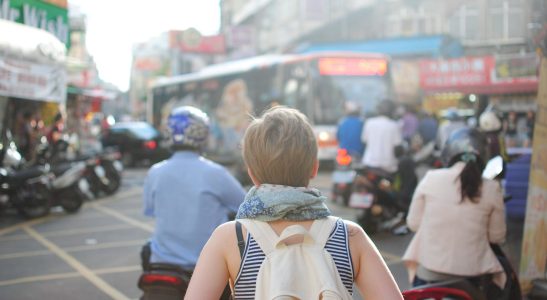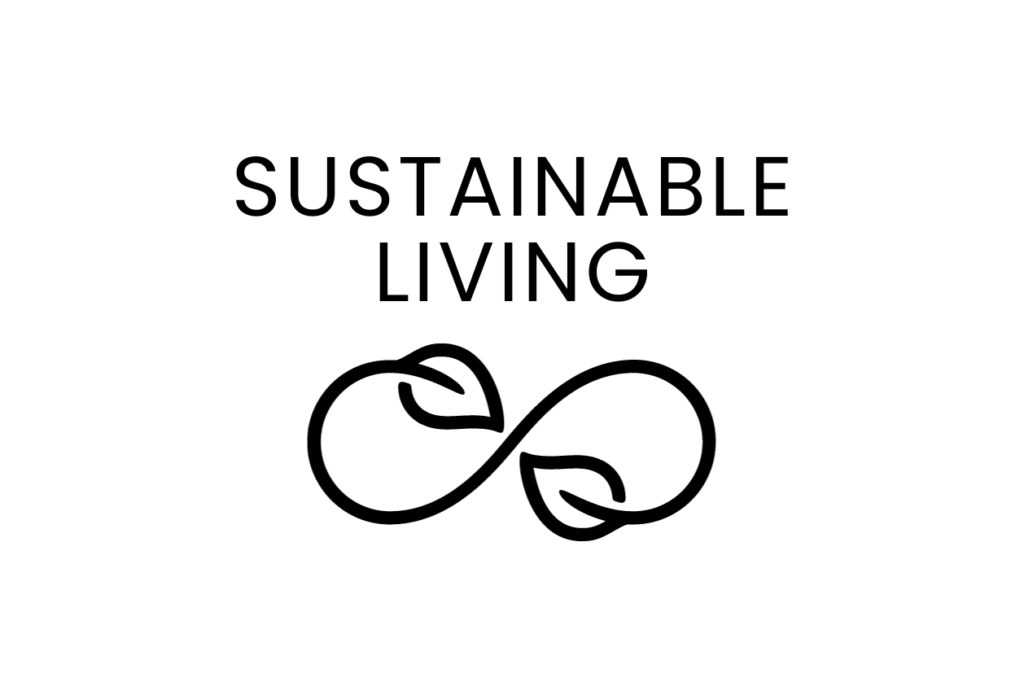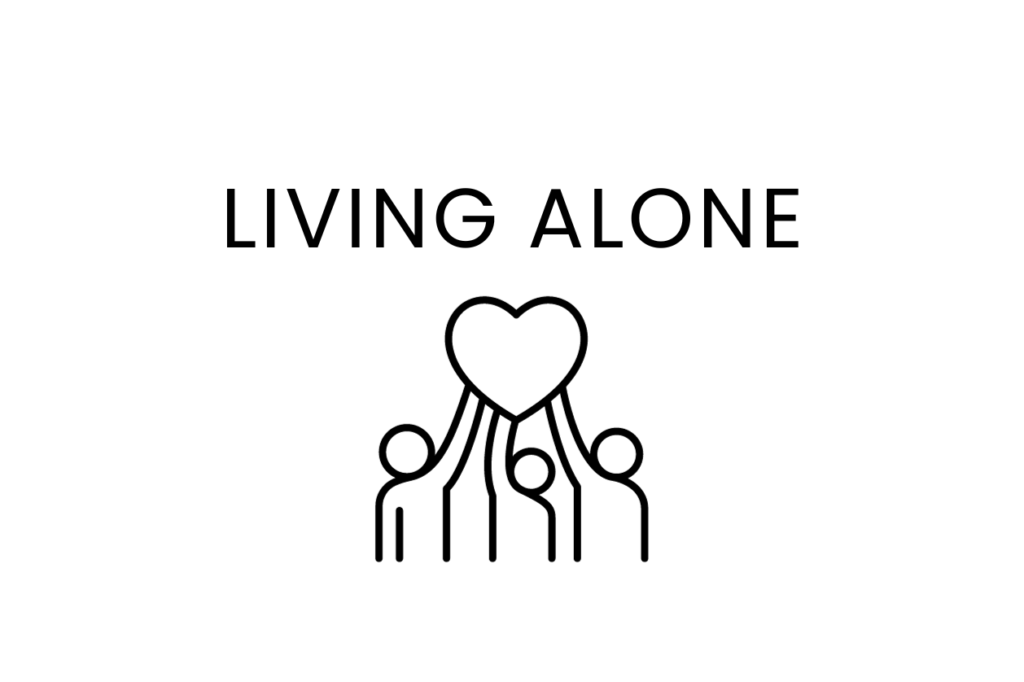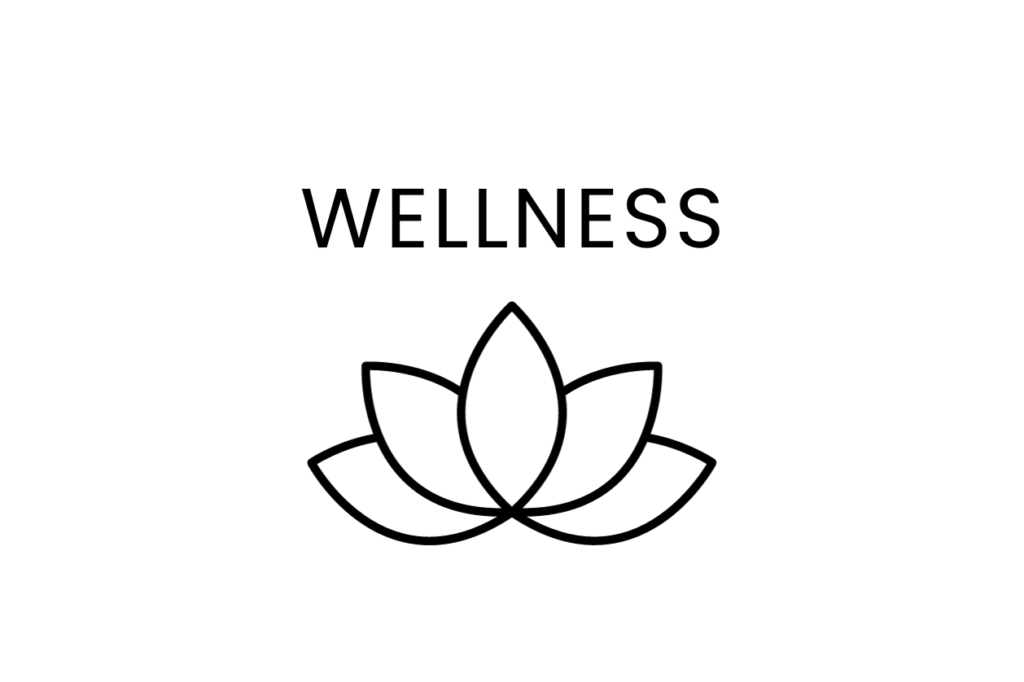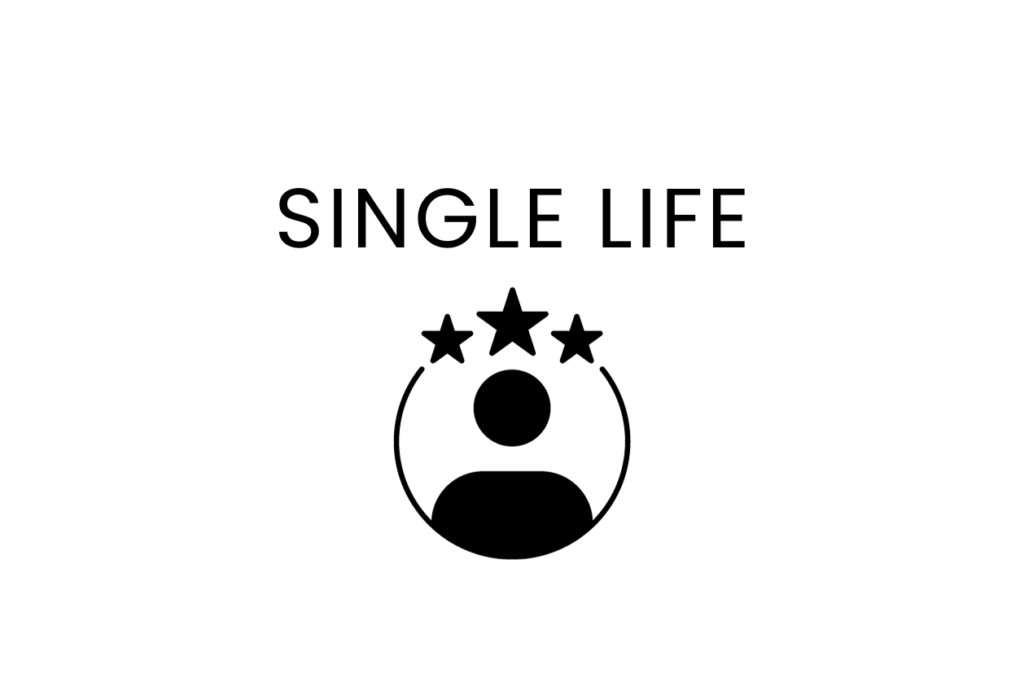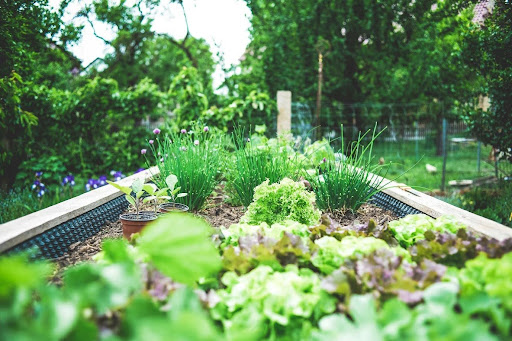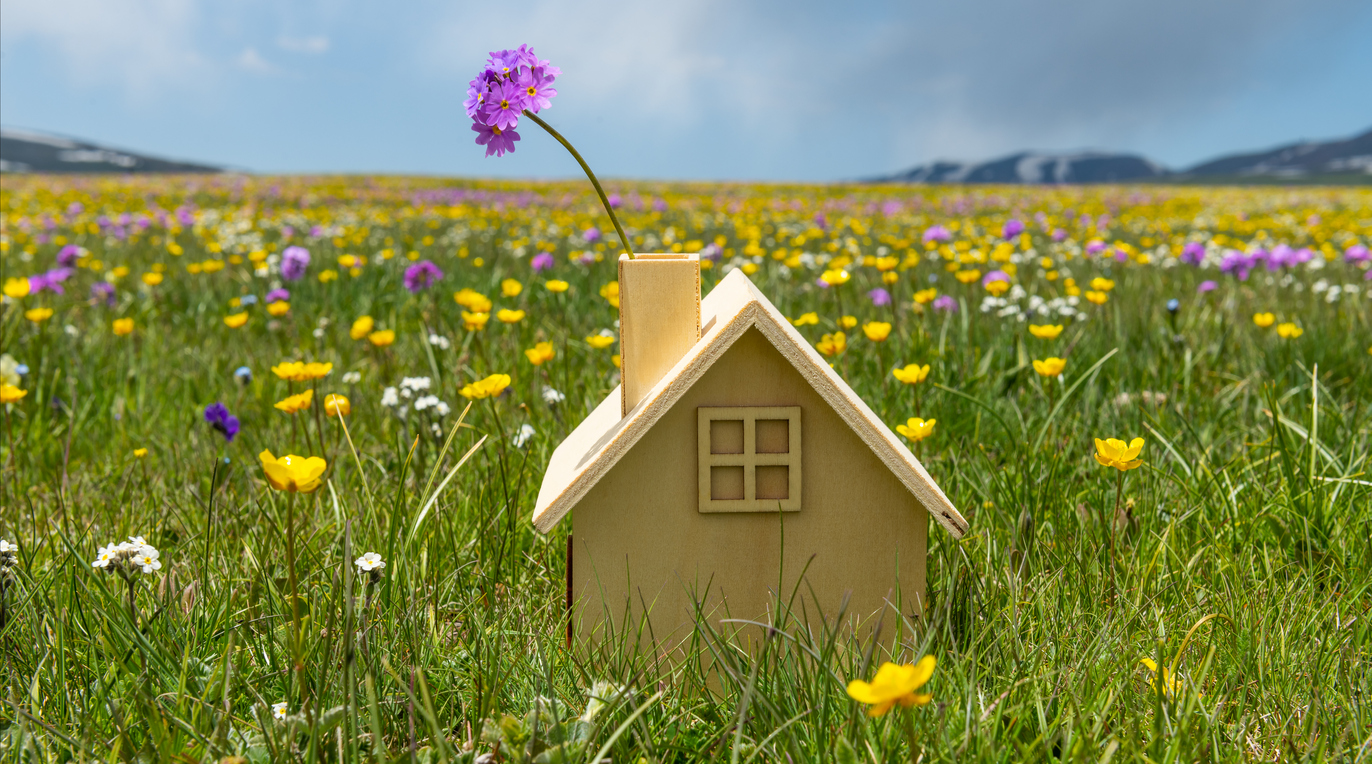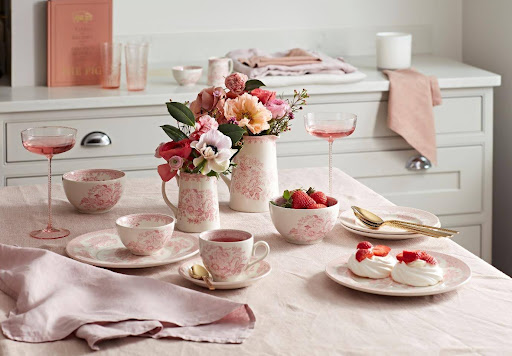There is so much more to introversion than I ever imagined — and I even published research on introversion many years ago. The experiences that define a person as an introvert, according to the thinkers who have continued to deepen our understanding, go far beyond attitudes and preferences about socialising and solitude.
A few years ago, I took the 10-item introversion-extroversion test on Susan Cain’s site, The Quiet Revolution. I got immediate feedback: I am officially an introvert. But the feedback did not just say, “yeah, you like your time alone.”
5 Types of Introverts – What Type Are You?
Living Alone | 13th May 2022 by Bella DePaulo
There is so much more to introversion than I ever imagined — and I even published research on introversion many years ago. The experiences that define a person as an introvert, according to the thinkers who have continued to deepen our understanding, go far beyond attitudes and preferences about socialising and solitude.
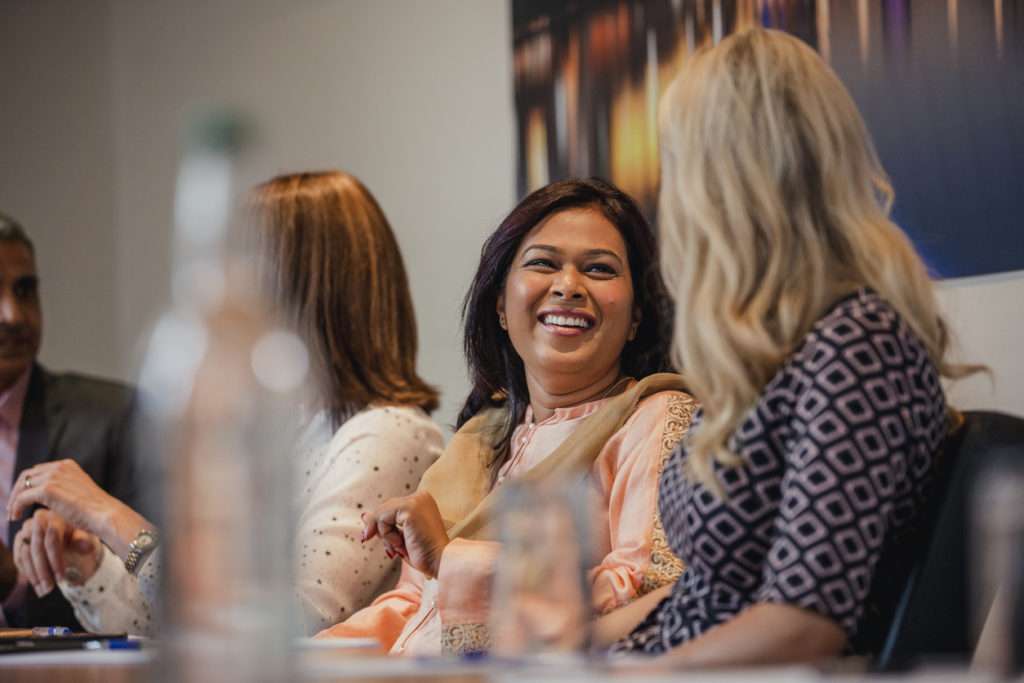
A few years ago, I took the 10-item introversion-extroversion test on Susan Cain’s site, The Quiet Revolution. I got immediate feedback: I am officially an introvert. But the feedback did not just say, “yeah, you like your time alone.”
Look at all the dimensions of the experience of introversion in the description below. (My guess is that everyone who scores as an introvert gets the same feedback — I don’t think it is individualized.)
Introverts
“Given the choice, you’ll devote your social energy to a small group of people you care about most, preferring a glass of wine with a close friend to a party full of strangers. You think before you speak, have a more deliberate approach to risk, and enjoy solitude. You feel energized when focusing deeply on a subject or activity that really interests you. When you’re in overly stimulating environments (too loud, too crowded, etc.), you tend to feel overwhelmed. You seek out environments of peace, sanctuary, and beauty; you have an active inner life and are at your best when you tap into its riches.”
What a beautifully nuanced portrait. Introversion, the Quiet Revolution is telling us, is a many-splendoured thing.
I want to elaborate on the varieties of experiences represented in this description, but first, by way of comparison, I will share the rest of the feedback. That’s where I learned what it would mean if I had scored as an extrovert or an ambivert.
Extroverts
“Extroverts relish social life and are energized by interacting with friends and strangers alike. They’re typically assertive, go-getting, and able to seize the day. Extroverts are great at thinking on their feet; they’re relatively comfortable with conflict. Given the choice, extroverts usually prefer more stimulating environments that give them frequent opportunities to see and speak with others. When they’re in quiet environments, they’re prone to feeling bored and restless. They are actively engaged in the world around them and at their best when tapping into its energy.”
Ambiverts
“Ambiverts fall smack in the middle of the introvert-extrovert spectrum. In many ways, ambiverts have the best of both worlds, able to tap into the strengths of both introverts and extroverts as needed.”
I’m single and always have been. I’m not just single by default, I’m Single at Heart. I live my best, most fulfilling, most authentic life as a single person. Being single is not my default or a Plan B. It is my Plan A. In years of researching people who identify most strongly and unambiguously as single at heart, there is one characteristic nearly every last one of them shares: They love their time alone.
But when I ask people who are definitively Single at Heart if they are introverts or extroverts or something else, their answers are far less uniform. Most do say they are introverts but there are lots of ambiverts, too, and even a few extroverts. Some say things like, “I’m basically an introvert, but I can also be very outgoing as long as I have opportunities to recharge.” Or “I’m an introvert, but plenty of people don’t realise that.”
That’s what motivated me to take the introversion test and to learn more about the latest insights on introversion. Well, that plus getting asked by Sophia Dembling, author of several books on introversion, if I thought I was an introvert.
I discovered that scholars such as Jonathan Cheek and Jennifer Grimes have been identifying different kinds of introverts. The first type is the one that will sound most familiar — social introverts.
5 Types of Introverts
1 Social introverts
Samples:
- “I try to structure my day so that I always have some time to myself.”
- “I feel drained after social situations, even when I enjoyed myself.”
As described by Melissa Dahl at The Cut, social introversion is “a preference for socialising with small groups instead of large ones. Or sometimes, it’s a preference for no group at all — solitude.”
The second sample item (above) is especially telling. People who are social introverts can enjoy themselves in social situations. Social introversion doesn’t have to mean that you never see anyone, or you never enjoy seeing people; it’s just that those kinds of experiences are draining.
Another type identified by Cheek and Grimes is what they call the “Thinking Introverts.” I like “Introspective Introverts” better. That dimension is not about socialising or not socialising; it is about what is going on inside your head.
2 Introspective introverts
Samples:
- “I have a rich, complex inner life.”
- “I generally pay attention to my inner feelings.”
“Thinking introverts” are “introspective, thoughtful, and self-reflective.” In an interview, Professor Cheek told Dahl that these introverts are “capable of getting lost in an internal fantasy world, but it’s not in a neurotic way, it’s in an imaginative and creative way.”
A third kind of introvert that Jonathan Cheek has discussed is defined more by styles of doing rather than thinking. They are the “Restrained Introverts,” who take things at a slower pace. Scholars who study temperament describe certain people as “slow to warm up.” Restrained introversion strikes me as similar.
3 Restrained introverts
Samples:
- “For relaxation I like to slow down and take things easy.”
- “I like to be off and running as soon as I wake up in the morning.” (Restrained introverts disagree with this.)
Restrained or reserved introverts prefer to “think before they speak or act” and “might take a while to get going.” I’ve never thought about introversion in this way before, so I will be interested in seeing what future research tells us about restrained introversion and how closely it is correlated with the other varieties.
Professor Cheek points to a fourth type of introvert, the “Anxious Introvert.” (Sample items: “I feel painfully self-conscious when I am around strangers” and “Even when I am in a group of friends, I often feel very alone and uneasy.”). I’m not including it as one of the types, because I don’t see this as introversion. I think it is social anxiety.
Want to see all the items defining each of the different types of introversion identified by Cheek and Grimes? Scott Barry Kaufman provided them in his Scientific American article, “What kind of introvert are you?” Kaufman helped develop the introversion test I took at Susan Cain’s site.
His research pointed to two other dimensions of introversion, deliberation and stimulation. They, too, were described in the feedback I received on my test: “Deliberation measures your preference for deliberation vs. action” and “stimulation measures your preference for environments that are either calm or exciting.”
4 Introverts who like to think things through
Samples:
- “I am patient about finding out all the facts before making a decision.”
- “I don’t take risks unless I’ve done some careful research or evaluation first.”
5 Introverts who do not want too much stimulation
Samples:
- “Too much exposure to noise or light leaves me feeling drained or spacey.”
- “I do my best work in a quiet environment.”
Are you the whole introvert package or just some of its parts?
Jonathan Cheek described the social, thinking, and restrained introverts as three different types. But are they distinct types or different aspects of the one big thing, introversion? The feedback I got on the test seemed to suggest the latter: Introverts are people who enjoy solitude and have an active inner life and take a more deliberate approach toward risk and feel drained by overstimulating environments. In different people, different components could be more or less important, but in general, they should all go together.
What strikes me about all these five different varieties or components of introversion is how very enriching they all can be. That’s not to say that extroversion cannot be life-enhancing, too. Of course, it can. But extroverts have always tended to benefit from the assumption that their way of doing life was the psychologically healthy one. It took the more recent generations of thinkers, such as Susan Cain and Sophia Dembling, to demonstrate convincingly how good it can be to be an introvert.
Share this post:
Hear from Solo Living now and then by signing up to our mailing list



